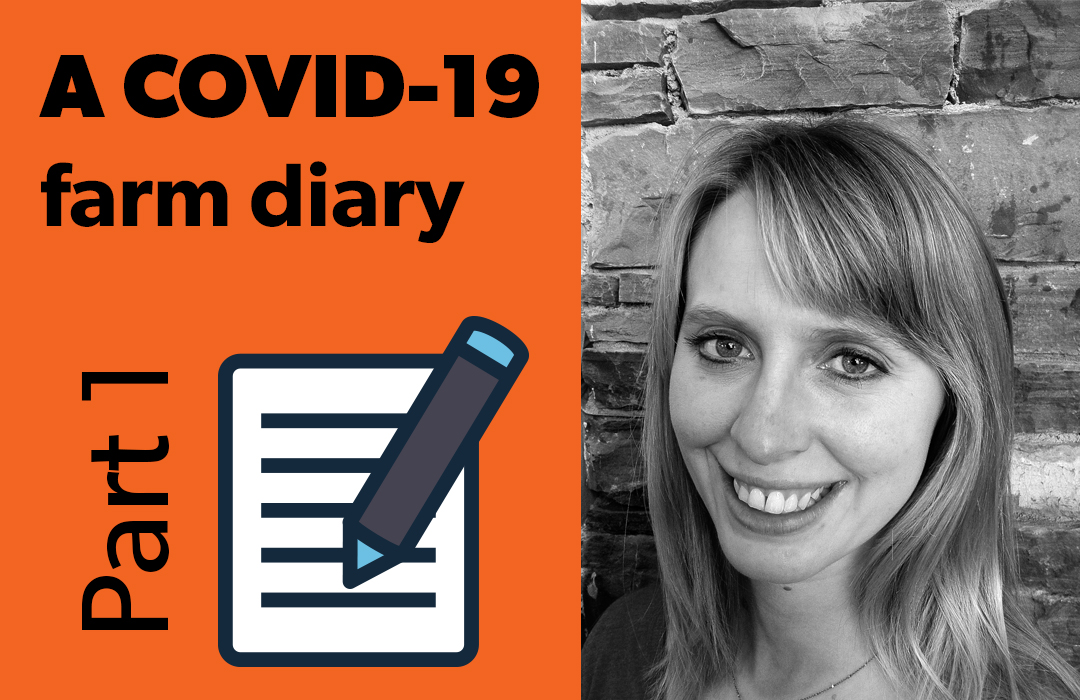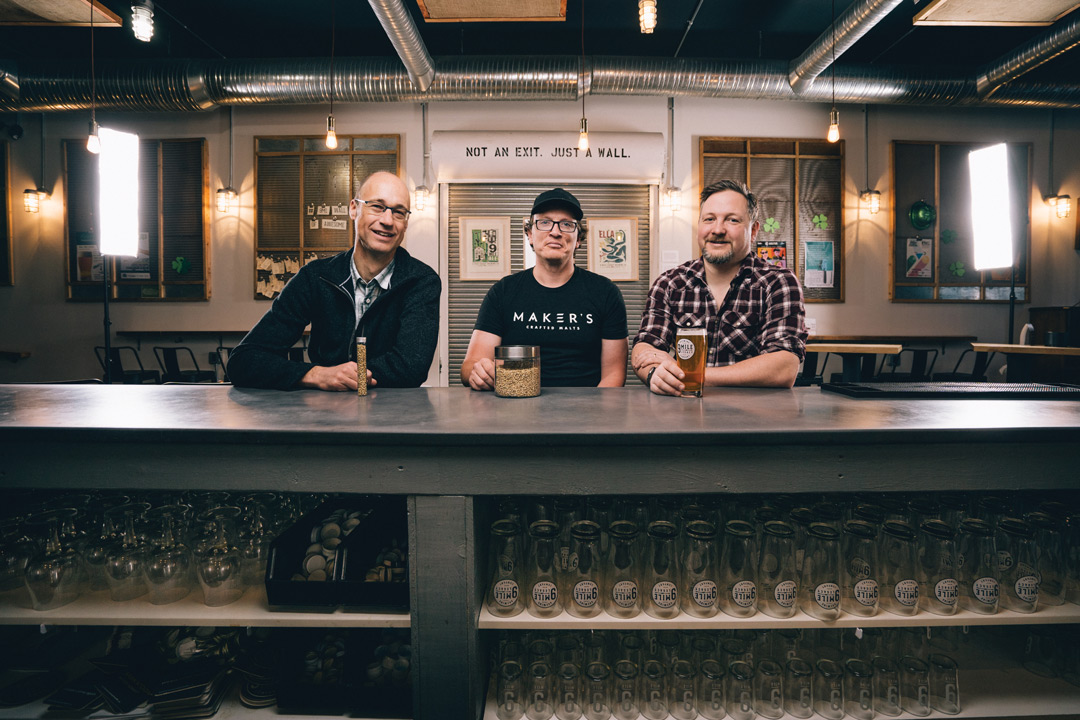PERSONAL STORIES: COMPELLING AND POWERFUL TOOLS FOR CHANGE
CHANGING MINDS WITH THE POWER OF PERSONAL EXPERIENCE
BY JANET KRAYDEN
Building on more than a century of Canadian agriculture innovation and know-how, farmers are reaching record levels of productivity while actively protecting the environment. Canada’s safe, sustainable and cost-efficient food-supply system is the envy of the world.
But the average people on the street remain skeptical and unsure because they are completely unaware of what farmers and industry are doing. Many city people are more than two generations removed from the farm. And there is a lot of misinformation circulating and multiplying on the Internet.
No organization is held up for questioning more than Monsanto.
While Monsanto’s headquarters are located in St. Louis, Missouri, known as the “show me” state, it seems today we are part of the “show me” generation. And farmers are having a hard time keeping up with all the misinformation, which is emotionally based, rampant and immediately available (sometimes even “viral”). After all, farmers need to make a living.
But it does seem that this sort of mis- communication is leaching its way into the halls of legislatures and Parliament, and beginning to have an effect on public policy.
So how can farmers fight back?
By making it personal.
According to Cami Ryan, Ph.D., an innovative thinker and communications expert who explained the art and science of the food conversation in a recent Ag More Than Ever webinar, “We think in pictures and we are story processors.”
Farmers’ personal stories are an important government relations tool to bring balance to weighty, often confused issues. I have personally seen politicians and the media perk up, lean forward and pay attention when a farmer tells a personal story one-on-one. Personal stories are compelling and powerful tools for change because they are memorable and persuasive. They are effective because they are evocative, emotional and real.
When you need to communicate an issue, think to yourself, “How does this affect my own farm personally?” Tell your personal story, explaining the physical processes on your farm. For example, when you are explaining the grain handling system, describe how you haul your grain to the elevator, explain- ing the steps you take. Do not assume the person you are talking to knows anything about how you farm today.
When telling your personal story, be concise. Make sure you have a catchy headline to open with, move to an exciting lead, and narrow your story down to three main points. If you need to explain how rail service issues need to improve, describe how last year’s carryover of grain is affecting your farm this harvest by breaking it down: when you usually haul your grain to the elevator, why you are forced to do it differently this year, how late trains affect your busy schedule, and the financial cost to your own farm.
Pictures and videos are also helpful in communicating ideas to the “powers that be” in Ottawa. Personal stories and pictures from your farm are compelling, real-life evidence that farm groups and farmers need to fully utilize when appearing at a government committee.
I saw a presentation exclusively made up of pictures, and it was referred to as the “best presentation” on the grain handling issue. Likewise, I have seen a farmer give an effective presentation on the complicated topic of low-level presence (LLP) in grain by using pictures; it resonated, made good common sense, and was remembered by agriculture officials and policy makers alike.
Farmers are still seen as the honest broker, and there is power in a farmer’s personal story. The Canada West Foundation recently commissioned an Ipsos Reid survey, which found that Canadians trust farmers the most compared with those in the energy, mining and forestry industries.
Knowing this, farmers need to bravely go where they have not gone before. Farmers need to move outside of their comfort zone and share their powerful personal stories with government and also with the public at large.






Comments